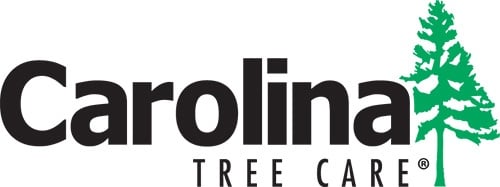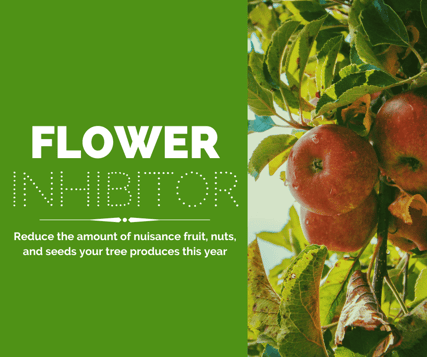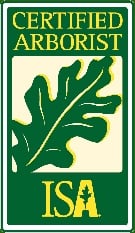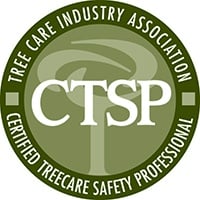Fruit-smeared sidewalks and driveways. A lawn covered in rotting fruit. An increase of rodents and birds.
If anything in that list made you groan, you're not alone.
Some trees and shrubs produce delicious fruit that a lot of people enjoy. Others grow fruit that are little more than nuisances.
If you're looking for a way to reduce the amount of fruit your tree or shrub produces every year, we have the solution for you!
Nuisance fruit
Your trees look stunning as they flower in the spring, but once those flowers are fertilized, they can lead to fruit and nuts. Fruit and nuts are great if they're edible or generally unbothersome. But some trees and shrubs grow an abundance of inedible or unwanted fruit that end up rotting on our lawns, driveways, and sidewalks.
Then you're left to clean up the mess so that your property doesn't look terrible and no one accidentally slips on rotting fruit.
How can flower inhibitors help?
It's worth noting that although we may not enjoy nuisance fruit, many birds and other wildlife do. If you still want to support that wildlife, a reduction (as opposed to total elimination) is a good compromise.
Flower inhibitors can reduce fruit, nut, and seed production in trees and shrubs by about 75%, typically. They work by inhibiting flower development so that fertilization can't happen. Without fertilization, the flower can't go on to produce fruit, nuts, or seeds.
Flower inhibitors are applied by trunk injections. The timing for this treatment, which varies by tree species, is critical. It has to be applied in time for it to reach the tree's flower buds before they've developed into fully formed flowers that can be fertilized.
It can take 1-3 weeks for the treatment to reach the tree's flower buds, although that amount of time varies depending on the height of the tree (less time for shorter trees, more time for taller trees).
March and April are generally the best months to schedule this treatment.
You may want to consider flower inhibitor treatments if you have any of the following trees:
- Ash
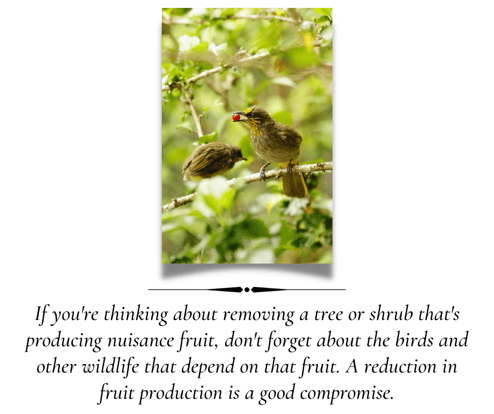
- Black locust
- Walnut
- Cherry
- Cottonwood
- Crabapple
- Gingko
- Hackberry
- Hickory
- Honey locust
- Maple
- Oak
- Olive
- Persimmon
- Plum
- Tree of heaven
- Sweet gum
- Sycamore
A special word on sweet gums...
Flower inhibitors work well on many tree and shrub species, but things work differently when it comes to sweet gum trees.
Flower development in sweet gums happens in waves over a longer period of time. And their flower development doesn't happen on a consistent basis. So, a single treatment usually misses many developing flowers.
We're not saying gumball reduction isn't possible — it will just take multiple treatments for you to see real results.
Don't spend another season rinsing rotting fruit off your driveway or sidewalk. If you need to reduce the amount of fruit or nuts your tree or shrub produces, talk to us about flower inhibitor treatments right away! Request a consultation.
Like what you just read?
Then you'll love this: Want to Turn Your Yard into a Pollinator Paradise This Spring?
